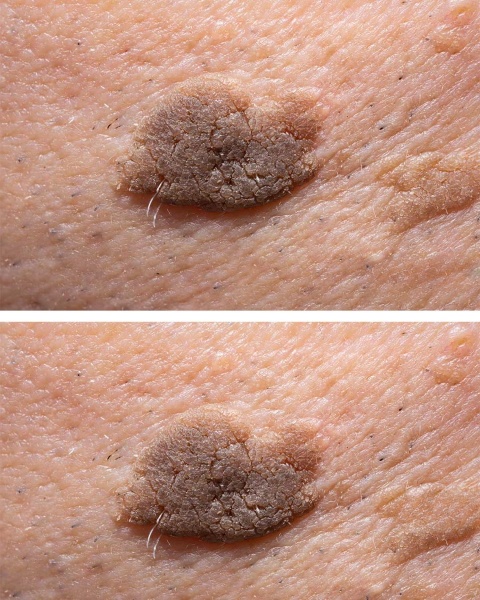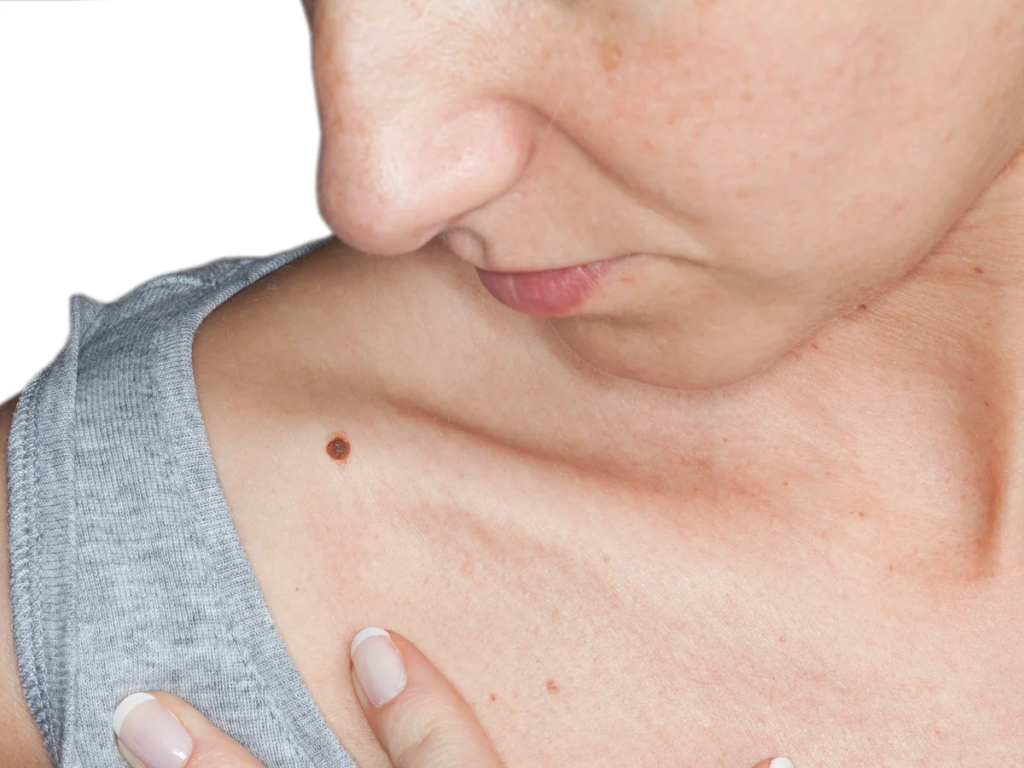So, you’ve spotted something new on your skin. It wasn’t there last month. Now it’s a little bigger—but it doesn’t itch, doesn’t hurt, and you’re left staring at it every time you pass a mirror. Sound familiar?
Before you let panic take over, take a breath. Not every skin change means trouble. But let’s also not pretend it’s something you should ignore. If your doctor’s appointment feels light-years away, don’t worry—there’s plenty you can do in the meantime. Let’s walk through it together.

Understanding Skin Growths: Not All Spots Are Created Equal
Let’s start with the basics. Skin growths come in many flavors—some totally harmless, some a little suspicious.
You’ve probably heard of moles, freckles, or skin tags. These are common and mostly benign. Then there are things like seborrheic keratosis, which look funky but are usually nothing to worry about. On the other end of the spectrum, there’s melanoma—a type of skin cancer that can sneak in quietly.
So how can you tell the difference when you’re not a dermatologist? By learning to spot the red flags.
Video: Could Your Mole Be Skin Cancer?
The ABCDE Rule: Your At-Home Detective Toolkit
Dermatologists swear by the ABCDE method for checking suspicious moles. It’s like the secret code to catch trouble early:
- A – Asymmetry: One half doesn’t match the other? Not a good sign.
- B – Border: Jagged, blurred, or irregular edges? Keep an eye out.
- C – Color: Multiple shades in one mole—especially red, black, or blue—should raise concern.
- D – Diameter: Bigger than a pencil eraser? You should definitely be monitoring it.
- E – Evolving: Any change at all—in shape, size, color, or even texture—is worth tracking.
Even if your mystery mole doesn’t hurt, if it’s changing, that’s enough reason to stay alert.
Seborrheic Keratosis: The Great Impersonator
Sometimes a spot that looks scary is just a harmless impostor. Seborrheic keratosis often looks like a stuck-on, waxy brown or black patch. They’re super common in people over 50 and can appear anywhere—arms, back, even your face.
They can get itchy or irritated, especially if they rub against clothes. But they’re benign. Still, they can look so much like skin cancer that even doctors sometimes double-check with a biopsy.
So What If It’s Growing? Should You Worry?

Short answer: maybe. A spot that grows without pain can still be cause for concern, especially if it’s growing quickly.
It doesn’t need to hurt to be serious—skin cancer often shows up pain-free. While you wait for that dermatologist appointment, your mission is simple: monitor it closely and document everything.
Track It Like a Pro: The Self-Monitoring Method
You don’t need fancy gear. Just grab your phone, a ruler, and a notepad.
- Take clear photos every few days, from the same angle and with the same lighting.
- Measure it using a small ruler or even a coin for scale.
- Keep notes: Is it changing color? Is the border looking different? Does it feel raised today but didn’t yesterday?
Think of it as your skin’s version of a diary. This info will be gold when you finally meet your doctor.
Don’t Fall for the Internet’s DIY Hacks
Video: Moles | What are they | How to treat
Here’s a PSA: Don’t start dabbing baking soda, apple cider vinegar, or essential oils on it.
TikTok might claim it’ll vanish overnight, but these hacks can burn, scar, or irritate your skin. Worse, they might delay a proper diagnosis if you end up disguising a real problem.
Unless a medical professional tells you otherwise, skip the viral advice and stick to observation.
Can You Use Over-the-Counter Products?
There are OTC creams and treatments for things like warts and skin tags—but don’t use them unless you’re positive what you’re dealing with.
Using a wart remover on a suspicious mole? That’s like trying to fix your brakes with duct tape. Even if it disappears, the root issue may still be there. Only treat what you’re sure of—or better yet, don’t treat at all until a doctor gives you the green light.
Doctor Too Booked? Here’s How To Be Seen Sooner

If your appointment is a month away and this spot is giving you anxiety, don’t just sit tight.
- Call your clinic and explain that the spot is growing or changing. You might score a cancellation or urgent slot.
- Ask for a virtual visit—many dermatologists can do an initial check via video.
- Walk-in clinics or telederm platforms might get you a faster evaluation, especially if it’s clearly changing.
You don’t need to settle for “just wait and see.” Advocate for your skin.
Before Your Appointment: Prep Like a Pro
When you finally get in, make the most of it. Bring:
- Your photo timeline
- A measurement log
- Notes about symptoms (itching, crusting, bleeding)
- Your medical and family history (especially if there’s skin cancer in the family)
Doctors love patients who come prepared. It makes their job easier—and ensures you get the best care possible.
Keep Your Skin Healthy Long-Term

Once this spot is sorted, don’t stop there. Skin health is an everyday thing.
- Wear broad-spectrum SPF 30+ daily—even on cloudy days.
- Do monthly self-checks under good lighting.
- Avoid tanning beds and excessive sun exposure.
- Stay hydrated and eat skin-loving foods (think leafy greens and healthy fats).
Treat your skin like your favorite sweater—protect it before it gets worn out.
Final Thoughts: Stay Calm, Stay Smart
That growing spot on your skin might be nothing—or it might be something. Either way, ignoring it won’t help. While it might not hurt, pain isn’t the only warning signal when it comes to your skin.
Track it. Monitor it. Don’t treat it on your own. And push for professional advice even if the calendar’s packed.
Your skin is your body’s largest organ—and when it whispers, it’s up to you to listen before it starts screaming.


